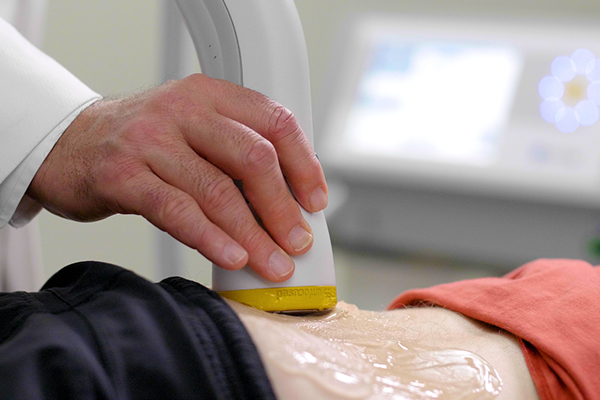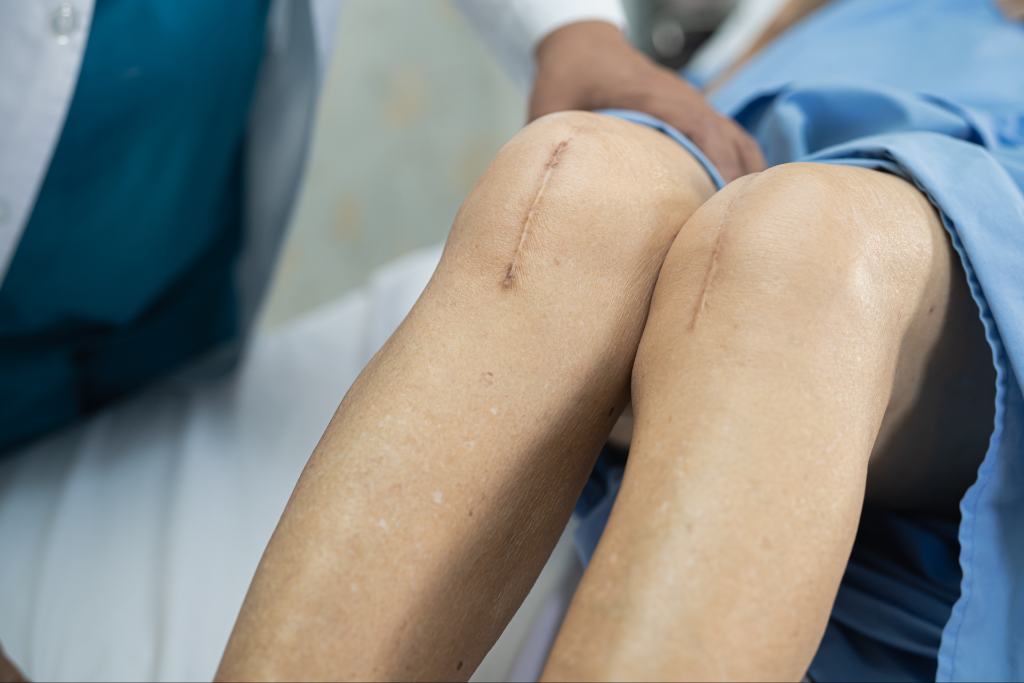Navigating through the realm of alternative pain management therapies, we explore two widely recognized techniques today: shockwave therapy and dry needling. Both find their place in the limelight for being non-surgical solutions to persistent pain, yet they traverse distinctively different paths in providing relief and healing. While shockwave therapy primarily employs acoustic waves to stimulate healing within, dry needling takes a more direct approach, utilizing needles to deactivate trigger points in muscles.
What is Shockwave Therapy?

Shockwave therapy, often hailed for its non-invasive nature and efficiency, utilizes high-energy acoustic waves, specifically directed towards the area of pain or injury to catalyze the body’s intrinsic healing mechanisms. This therapeutic intervention is rendered through a device that propagates shockwaves, concentrated onto the affected area, stimulating regeneration and reparative processes in bones, tendons, and other soft tissues.
In addressing musculoskeletal disorders and injuries, shockwave therapy emerges as a powerful option. It offers notable advantages, such as effective pain management and rapid healing, proving especially beneficial for those desiring quick recovery without resorting to surgery. Additionally, it’s recognized for promoting blood circulation and cell regeneration, as well as alleviating muscle trigger points.
Here are common conditions that find remedial allies in Shockwave Therapy:
- Myofascial Pain Syndrome
- Chronic Pain
- Muscle Pain
- Tendonitis
- Calcific Shoulder Tendinitis
- Heel Spurs
- Tennis Elbow
- Plantar Fasciitis
- Jumper’s Knee
- Bone Healing
What is Dry Needling?

Dry needling, distinguished from its acupuncture counterpart, is a technique that targets muscular tension by inserting fine, sterile needles into myofascial trigger points, which are often the nexus of muscle pain and tension. This method relies on the precision of the practitioner, identifying and targeting these trigger points to alleviate muscular pain and facilitate more harmonious movement.
The advantages of dry needling spring from its ability to provide rapid relief from muscular tension and enhance muscular function, thereby increasing the range of motion. It’s revered for its adeptness in managing pain and improving flexibility by releasing tight muscle bands and reducing trigger point pain and dysfunction.
However, some conditions and individuals might find dry needling less suitable due to potential drawbacks like post-treatment soreness, bruising, and a scant risk of infection if non-sterile techniques are implemented. Consequently, those with an aversion to needles or heightened pain sensitivity might explore alternative therapeutic avenues.
Common conditions treated by dry needling include:
- Muscle Strains
- Neck Pain
- Tension-Type Headaches
- Shoulder and Arm Pain
- Sciatica
- Hamstring Tightness
- Carpal Tunnel Syndrome
- Shin Splints
- Plantar Fasciitis
- Jaw (TMJ) Pain
Considering Shockwave Therapy?
Try SoftWave Therapy for just $69. Non-invasive healing that reaches deeper.

Shockwave Therapy vs Dry Needling: A Comprehensive Comparison
Comparing Mechanisms of Action
Shockwave therapy and dry needling, while both proficient in managing pain and facilitating healing, employ contrasting mechanisms to achieve their therapeutic effects. Shockwave therapy stimulates healing and mitigates pain through the application of acoustic waves that incite cellular repair processes and enhance blood circulation. In contrast, dry needling involves puncturing muscle trigger points with needles, disrupting the pain signals and helping to release muscle knots.
Effectiveness in Addressing Various Conditions
Both shockwave therapy and dry needling demonstrate efficacy in managing various conditions, albeit through different approaches.
Shockwave Therapy: Particularly excelling in treating chronic conditions, shockwave therapy effectively addresses acute and chronic pain, tendon-related pain, calcifications, and enhances bone healing. Moreover, it is well-documented that shockwave therapy can adeptly manage muscle pain and myofascial pain, presenting an advantageous non-invasive option for patients.
Meanwhile, dry needling proves to be beneficial in addressing acute and chronic musculoskeletal pain, myofascial syndrome, and muscle tightness, with swift onset of relief often reported. It might be particularly effective in providing immediate pain relief in certain
conditions like sports injuries or muscle strains.
Treatment Procedure Comparison
In a typical shockwave therapy session, a clinician uses a device to deliver targeted shockwaves to the injury site, which can last between 5 and 20 minutes. Generally well-tolerated, some patients may experience transient discomfort. Conversely, dry needling sessions, which might span a similar duration, involve inserting needles into trigger points to alleviate tension and pain. While providing rapid relief, some patients might experience minor soreness or bruising post-procedure.
Accessibility and Cost
Shockwave Therapy is generally accessible through physical therapists, orthopedic specialists, or rehabilitation centers. The cost per session may vary based on location and specific practitioner rates, but it typically fluctuates between $100 and $500. It is notable that shockwave therapy may require fewer sessions than some alternative treatments, potentially mitigating the overall cost. Moreover, the non-invasive nature of shockwave therapy makes it a commendable option for those who may be apprehensive about needle-based procedures.
Dry needling, on the other hand, is widely available through healthcare practitioners certified in the technique. It ranges around $100 to $300. However, depending on the condition, it might necessitate a more protracted treatment period.
Making the Right Choice: How to Decide Between Shockwave Therapy and Dry Needling
Choosing between shockwave therapy and dry needling boils down to various factors including the specific condition being treated, severity, patient’s comfort and preference, and the practitioner’s recommendation.
Patients grappling with chronic, calcific conditions might lean towards shockwave therapy, with its potent ability to address such issues. Meanwhile, someone seeking immediate relief from muscular tension or spasms might explore the direct intervention offered by dry needling. Ultimately, a thorough consultation with a healthcare professional, coupled with a personal assessment of each procedure’s comfort and feasibility, should help in determining the best therapeutic choice.
The Best Shockwave Therapy for Pain
SoftWave is the only true broad-focused shockwave treatment available. Its unmatched efficacy in initiating natural healing, without causing any damage, makes it a top therapeutic pick. View conditions SoftWave therapy treats.
For those considering a session, SoftWave offers a $69 introductory rate for new patients.
Looking for lasting relief from pain without side effects or invasive procedures? Find a SoftWave provider near you or learn more about SoftWave Therapy’s benefits today.
New Patient Special
Try SoftWave for just $69 at a clinic near you and learn if you’re a candidate for full treatment




